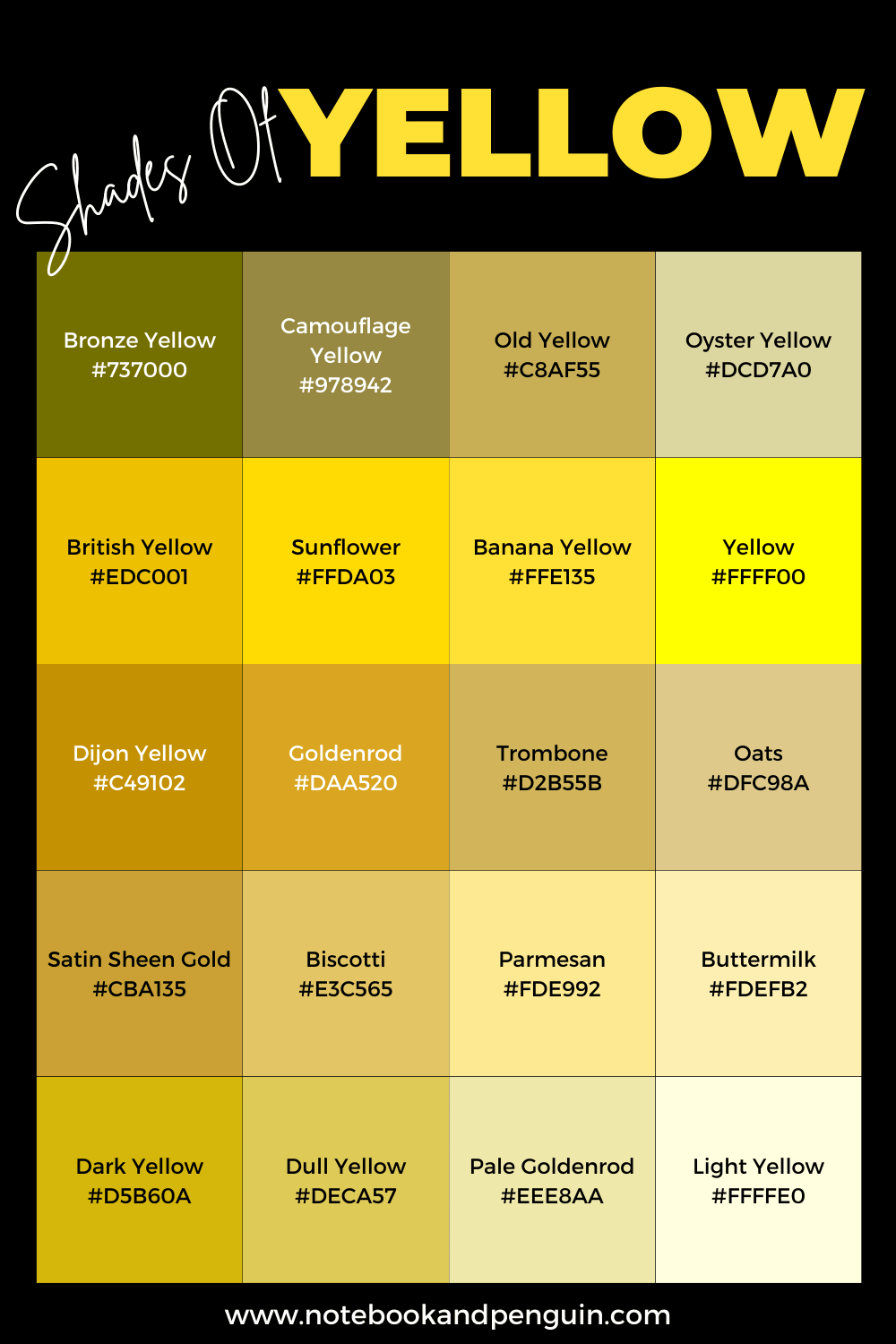The controversy surrounding the usage of yellow face in media and performance has sparked intense debates about cultural sensitivity, representation, and the appropriation of Asian identities. At the heart of this issue lies a complex web of historical, social, and cultural factors that contribute to the perpetuation of stereotypes and the marginalization of Asian communities. This discussion aims to delve into the intricacies of yellow face, its implications, and the broader context of racial representation in media.
Historical Context of Yellow Face
Yellow face, akin to blackface, involves the practice of non-Asian performers portraying Asian characters, often relying on exaggerated and stereotypical representations. This practice has its roots in the early days of theater and film, where racial and ethnic roles were frequently played by white actors due to the scarcity of actors from diverse backgrounds. However, unlike blackface, which has been more widely recognized and condemned for its racist implications, yellow face has operated under a veil of relative ignorance and indifference, perpetuating the misconception that it is less harmful.
The historical context of yellow face is deeply intertwined with the political and social climate of its time. During the late 19th and early 20th centuries, immigration laws and societal attitudes towards Asians were highly restrictive and discriminatory. The Chinese Exclusion Act of 1882, for instance, banned Chinese immigration to the United States, reflecting and reinforcing the widespread xenophobia and racism against Chinese and other Asian groups. This legal and social exclusion was mirrored in the cultural sphere, where Asian roles were often caricatured or played by non-Asian actors, further solidifying the “otherness” of Asian peoples in the American imagination.
Cultural Impact and Representation
The cultural impact of yellow face extends beyond the realm of entertainment, influencing how Asian individuals are perceived and treated in society. By perpetuating stereotypes—such as the submissive Asian woman, the cunning Asian villain, or the geeky Asian intellectual—yellow face reinforces societal biases and contributes to the erasure of Asian identities. These stereotypes not only limit the opportunities for Asian actors but also distort the public’s perception of Asian cultures, reducing them to simplistic and inaccurate archetypes.
Moreover, the practice of yellow face is intricately linked with the broader issue of representation in media. The underrepresentation of Asian actors in leading roles, coupled with the overrepresentation of Asian stereotypes, creates a double bind that marginalizes Asian voices and narratives. The scarcity of authentic Asian stories and the abundance of stereotypical portrayals reinforce the notion that Asian experiences are not valuable or worthy of exploration, further entrenching the invisibility of Asian communities in the cultural landscape.
Modern Reactions and Future Directions
In recent years, there has been a growing awareness and critique of yellow face, particularly among Asian American communities and allies. Social media platforms have played a crucial role in mobilizing public opinion against instances of cultural appropriation and racist representation. The backlash against films and shows that have employed yellow face or relied heavily on Asian stereotypes has been significant, with many productions facing widespread criticism and boycotts.
This shift towards greater awareness and activism signals a potential turning point in the fight against yellow face and for better representation of Asian communities in media. However, achieving meaningful change requires a multifaceted approach. It involves not only the condemnation of yellow face and stereotypical portrayals but also the active promotion and support of diverse, authentic Asian stories and the inclusion of Asian actors and creators in leading roles and behind the scenes.
Conclusion
The issue of yellow face is deeply embedded within the broader narratives of racial representation, cultural appropriation, and social justice. Addressing yellow face requires a comprehensive understanding of its historical roots, its current implications, and the steps necessary for its eradication. As we move forward, it is crucial that we prioritize diversity, equity, and inclusion in media, ensuring that Asian voices are heard, valued, and represented authentically. Only through such concerted efforts can we hope to dismantle the harmful legacies of yellow face and foster a more inclusive and equitable cultural landscape.
FAQ Section
What is yellow face, and how does it differ from other forms of racial caricature?
+Yellow face refers to the practice of non-Asian actors portraying Asian characters, often in stereotypical or caricatured manner. Unlike other forms of racial caricature, yellow face has faced less widespread condemnation, despite its harmful impact on Asian communities and its contribution to racial stereotypes.
Why is representation in media important for Asian communities?
+Representation in media is crucial for Asian communities because it influences how they are perceived and treated in society. Authentic representation can counter stereotypes, promote cultural understanding, and provide role models for Asian individuals, especially in a landscape where they have historically been underrepresented and marginalized.
How can we work towards eliminating yellow face and promoting more diverse representation in media?
+Eliminating yellow face and promoting diverse representation requires a multifaceted approach. This includes condemning and avoiding yellow face and stereotypes, supporting and producing content that features authentic Asian stories and characters, and advocating for greater inclusion of Asian actors and creators in the entertainment industry.



